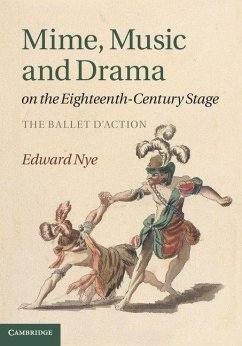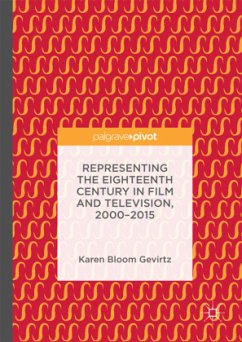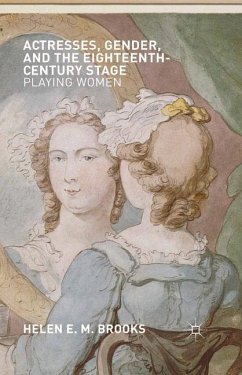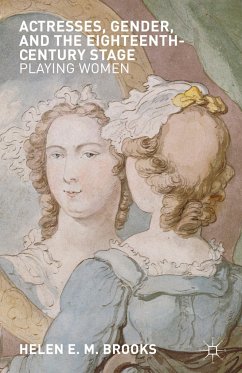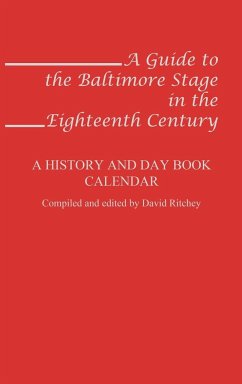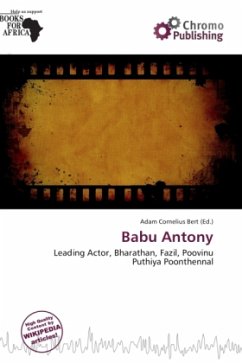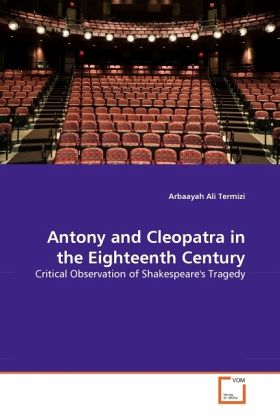
Antony and Cleopatra in the Eighteenth Century
Critical Observation of Shakespeare's Tragedy
Versandkostenfrei!
Versandfertig in 6-10 Tagen
45,99 €
inkl. MwSt.

PAYBACK Punkte
23 °P sammeln!
This work investigates the reception of Antony and Cleopatra in the 18th century. The critical response to the play is presented in four separate chapters: prefaces, illustration, critical observation and stage performance in the period. An overview of Dryden's All for Love is thus introduced in order to demonstrate the form in which the 17th century period was familiar with. Prefaces from Rowe's edition (1709) to Johnson's (1765) are investigated in Chapter 1 while the period's interest in illustrating the text is examined in the following chapter. One of the illustrated texts examined is Ste...
This work investigates the reception of Antony and Cleopatra in the 18th century. The critical response to the play is presented in four separate chapters: prefaces, illustration, critical observation and stage performance in the period. An overview of Dryden's All for Love is thus introduced in order to demonstrate the form in which the 17th century period was familiar with. Prefaces from Rowe's edition (1709) to Johnson's (1765) are investigated in Chapter 1 while the period's interest in illustrating the text is examined in the following chapter. One of the illustrated texts examined is Steevens' 1793 grangerized' version. Chapter 3 then examined 18th-century critics' reviews of the play which include Upton's Critical Observations (1746) and Capell's Notes (1774). Chapter 4 studied the only recorded attempt to stage the play, Garrick's adaptation in 1759. What emerges is that the fascination with Antony and Cleopatra which is manifested in its textual and illustrative representation, its critical reviews and brief lifespan onstage is confirmed only in the mid to late eighteenth century.



